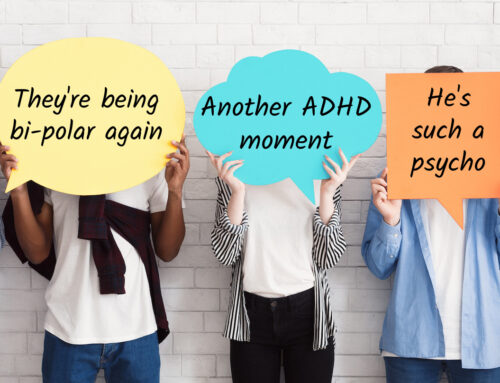By Dr. Divya Babbar
Ever had a disagreement that left you so hurt and angry that all you wanted to do was run away from the person causing the hurt and anger? If you’re nodding along – you’re certainly not the only one who has been in this boat. Wanting to take a break from the person causing us hurt is normal and can even be a protective instinct. But when does taking space become hurtful and transition into the silent treatment? Let’s take a look.
At times, we all need some space in our relationships –– which can feel like an urgent need during or after an argument. Asking for and taking space during a misunderstanding, disagreement, or argument can actually be a helpful tactic for conflict resolution. This is because it allows both people in the relationship to regulate themselves emotionally, gather their thoughts, and look at the situation from some distance before returning to the conversation and finding a resolution.
The silent treatment, on the other hand, is a different beast altogether and presents itself very differently to taking a break. When silence is being used intentionally to control and manipulate the situation or another person, it moves into the realm of the silent treatment. This type of silence is not about asking for space to reflect so that you can return to the interaction with a handle on your thoughts and feelings. Instead, it is an infliction of pain that is purposeful.
Still unsure of the differences between needing space and the silent treatment? Here are some ways that the silent treatment may present Itself:
- Withdrawing affection or withholding love
- Treating someone as though they are invisible or as though you do not know them
- The silence lasts for extended periods of time
- Only the person inflicting the silent treatment decides on the duration of the silence
- The silent treatment lasts until the target of the treatment acquiesces
- Aiming to punish, guilt, or make someone feel isolated through use of silence
- Refusal to engage in more productive conflict resolution strategies
- Using silence to avoid taking responsibility for a behavior or changing that behavior
As you can imagine, being on the receiving end of the silent treatment can be very painful for the individual involved. None of us like to go unrecognized by the people we are in a relationship with. This type of silence communicates that someone we care about would rather ignore us than work on our relationship. This type of silence can cause someone to question whether they matter. This type of silence can discourage people we are close to from being vulnerable with us. This type of silence is emotionally abusive.
Concluding thoughts
Needing space is a universal human need, but the silent treatment is a form of emotional abuse. The main difference between the two is intentionality and whether the person on the receiving end of the silence is being treated with dignity and respect. The silent treatment is intended to manipulate, control, and punish. It puts the perpetrator of the silence in a position of power as they are making all of the decisions regarding the silence. Taking some space is different because the silence in this scenario is intended to be used as a reset before reengaging with the person you are in conflict with. In this instance, there is clear communication of how long the silence will last and an effort to reconcile after that time.
Being on the receiving end of the silent treatment can be just as painful as inflicting it. At Georgetown Psychology, we are here to help you understand what your silence is saying.






